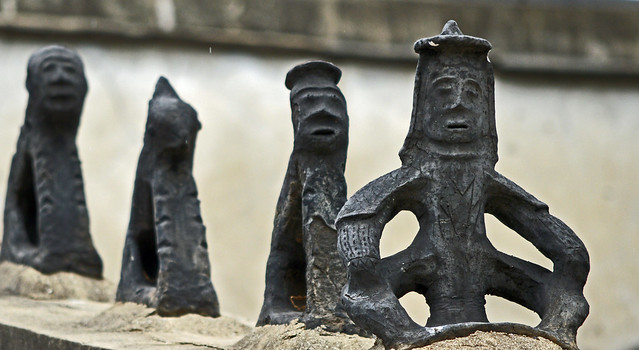Conference Reform Requires Cultivating Leaders With Moral Purpose To Make A Difference
Many conferences are stuck in the rut of legacy routines, age-old rituals and cloned programming.
Conference organizers and its advisors replicate the past maintaining the traditions and well-established procedures of yesteryear. The event is nothing more than a zombie conference—a conference that appears to be alive yet in reality creates the walking undead.
If you want to refresh, reimagine and reform your zombie conference, you’ll need a team of people pushing in the same direction. They need to be empowered to collaborate and co-create new innovations without fear of retaliation for taking risks. Conference organizers and advisors can breathe new life into their events.
Conference Reform Requires These Leadership Traits
Most advocates of restructuring treat reform as a product, but change must be accomplished by people. ~ Robert Evans
Conference reform requires leaders with specific traits including the tenacity to persist in the early stages of change. Here are some additional leadership traits that conference reform mandates.
1. Conference reform must start with cultivating leaders at many levels each with the moral purpose to make a difference in the lives of their participants.
These leaders have to face a major obstacle—your conference’s cultural legacy—its traditions, schedule, routines and formats. They must have the tenacity to keep trying when the slip back into past practices.
2. Conference reform requires leaders who can see past what’s currently wrong with the event and cast a vision of what can be.
These leaders create a contagious shared vision by dreaming in the future and doing in the present. Their aspirations are both then and now. They genuinely aspire, collaboratively co-creating the conference future and taking the steps in the present toward it.
3. Conference reform requires leaders with a commitment and dedication to change and continuous improvement.
You can’t have leaders devoted to past methods that are unsuccessful. You can’t have team members that insist on implementing longstanding processes again and again in the hopes they might start working.
4. Conference reform requires leaders with passion to stir people’s hearts, souls and minds to move.
Movement, growth and change equals life. Living things grow and move. These leaders get conferences moving in new directions.
5. Conference reform requires leaders that look forward to what can be, not back at once what was.
The past is dead. It’s done. It’s gone. These leaders help others let it go. Organizations with people focused on looking into what has been are on the path to becoming “has been.” Leading people into the future, not the past, is better.
6. Conference reform requires leaders that redefine resistance.
They don’t mind naysayers who rock the boat and want to return to old ways. They actually listen to the concerns of these doubters and find ways to address their points.
7. Conference reform requires leaders to lead the charge towards a better tomorrow.
These leaders gain support and commitment from others. They help others assess and find collective meaning to new ways. They know that no matter how much they plan for these changes, the first few months of implementation are bumpy. They help others stay focused on the new outcomes for tomorrow.
8. Conference reform requires leaders that know it will take hard day-to-day work of reculturing the event.
They understand that reform is not a checklist. It’s complex and complicated. Transforming culture—changing what people in the organization value and how they work together to accomplish it—leads to deep, lasting change.
What are some additional leadership traits that conference reform requires? Complete this statement: “I wish that my annual conference were more like a ______________________.”


